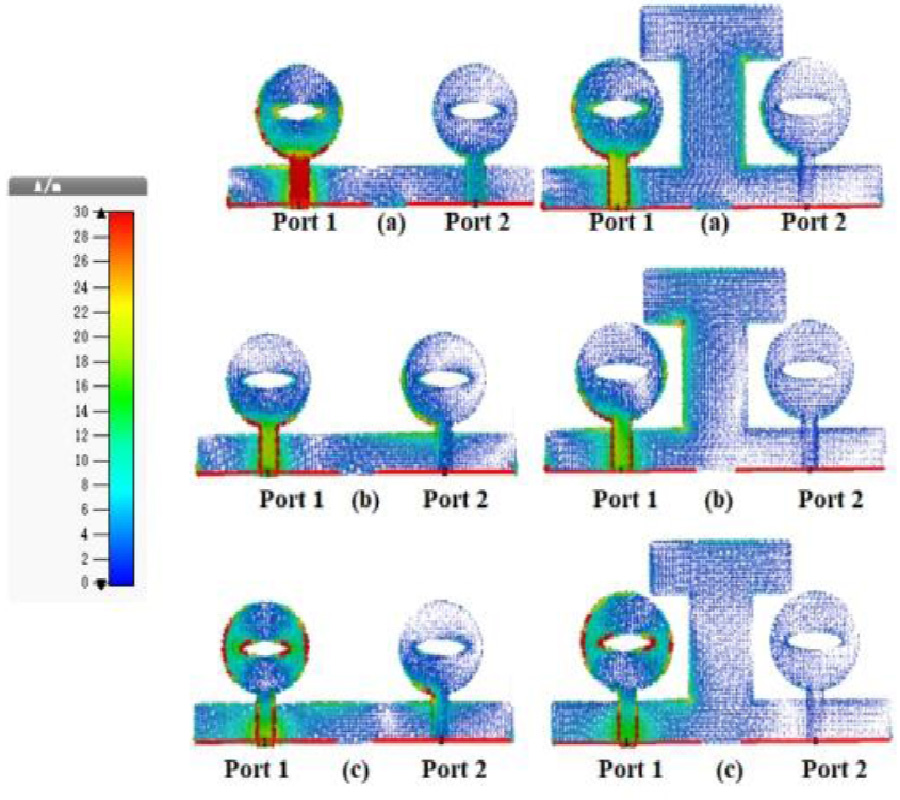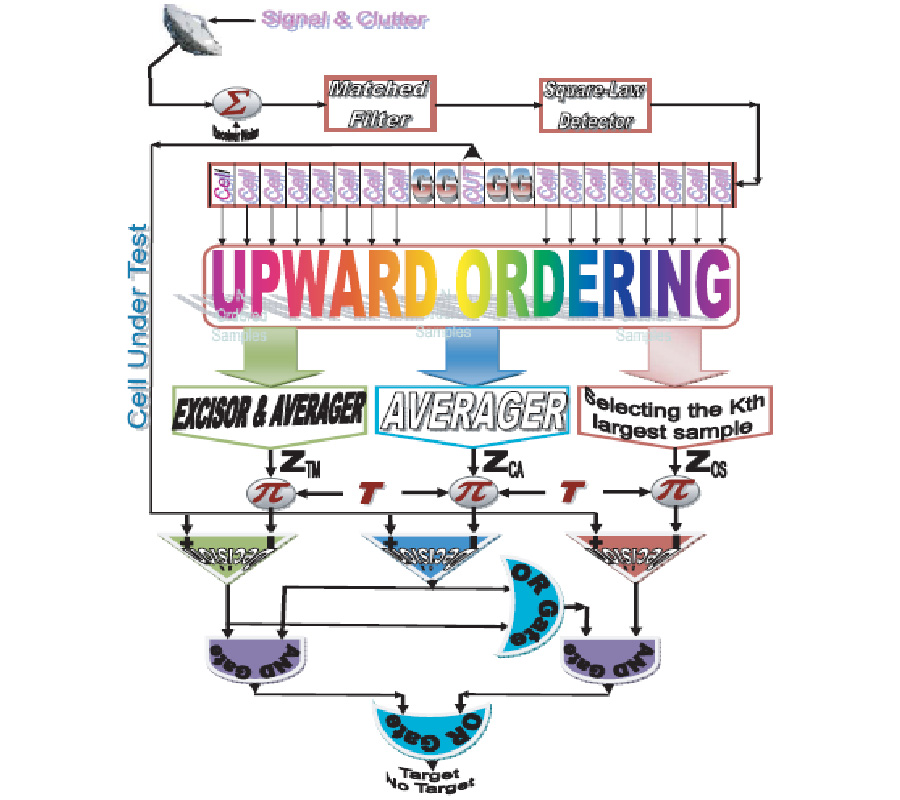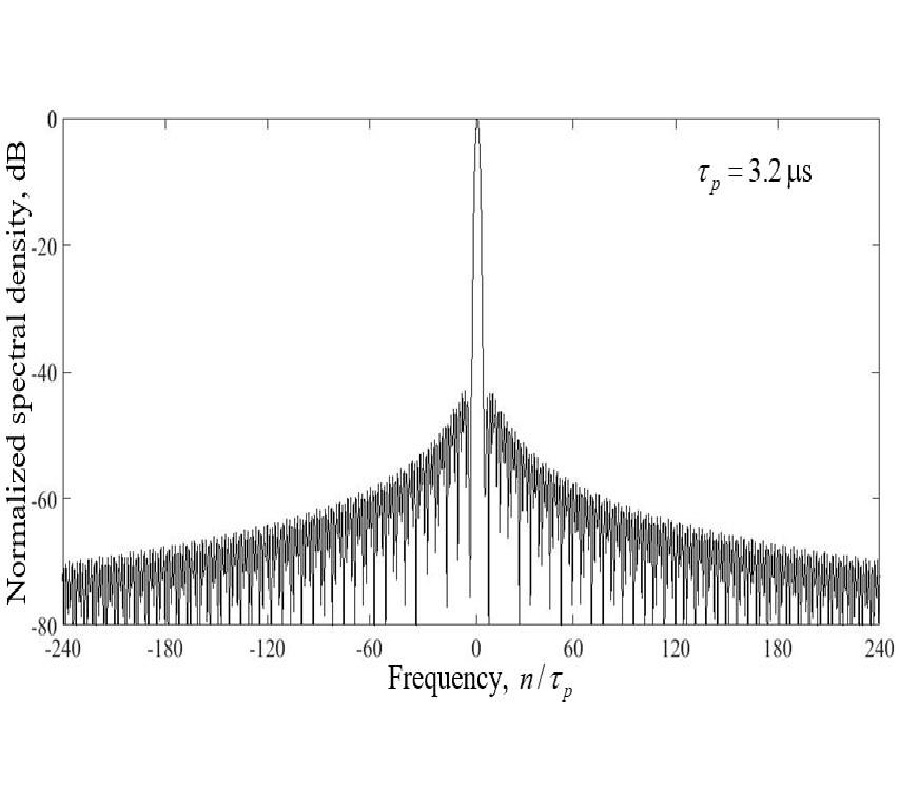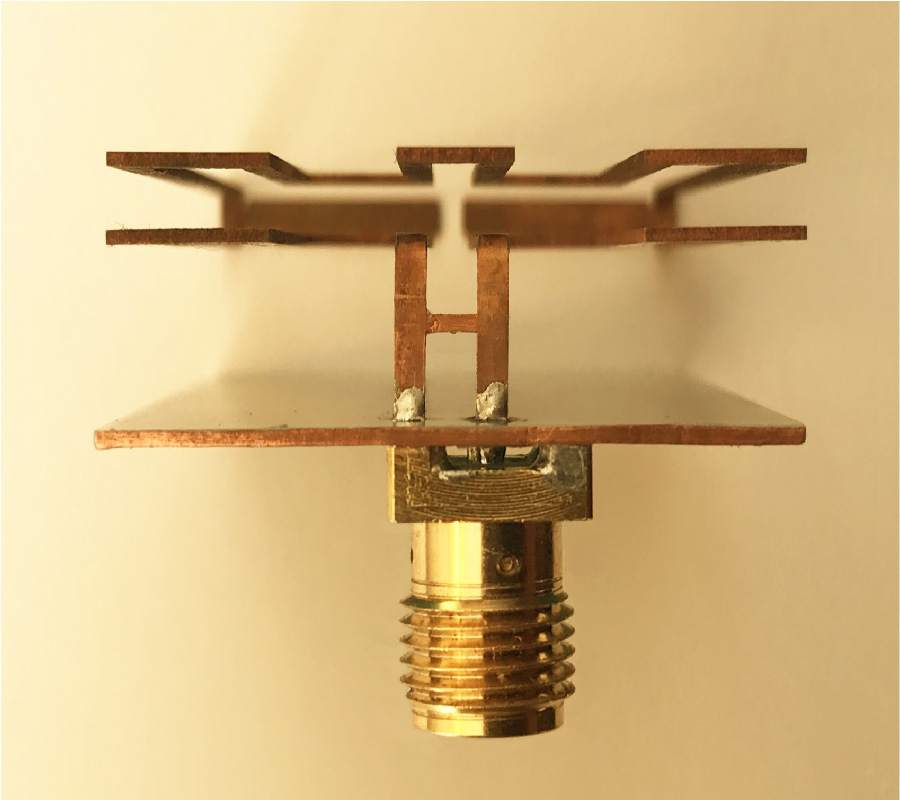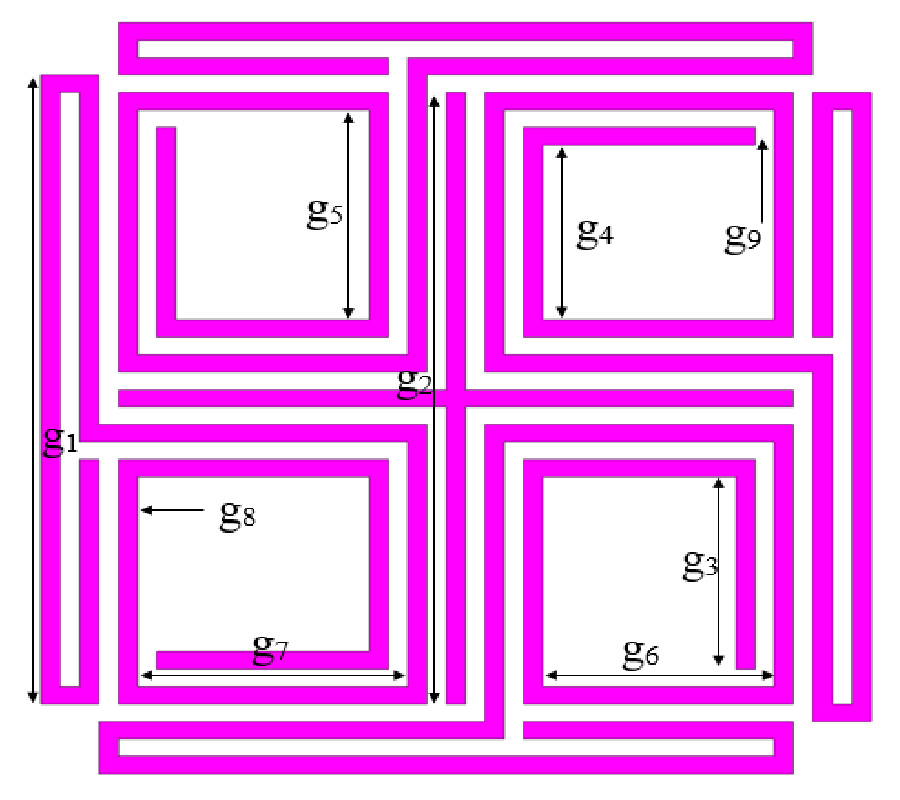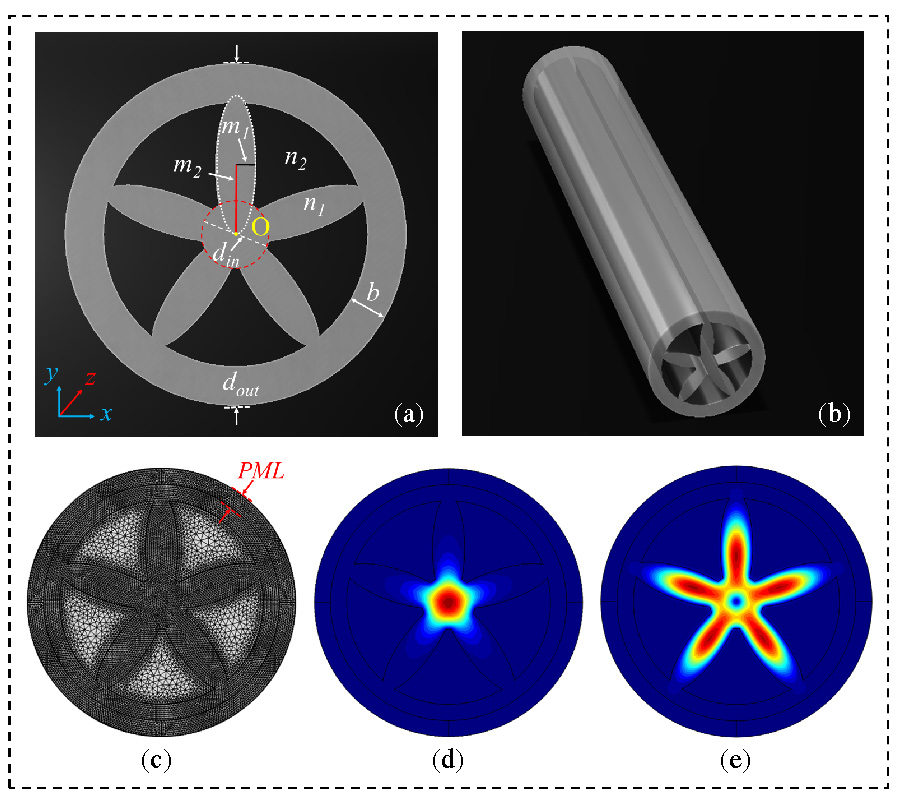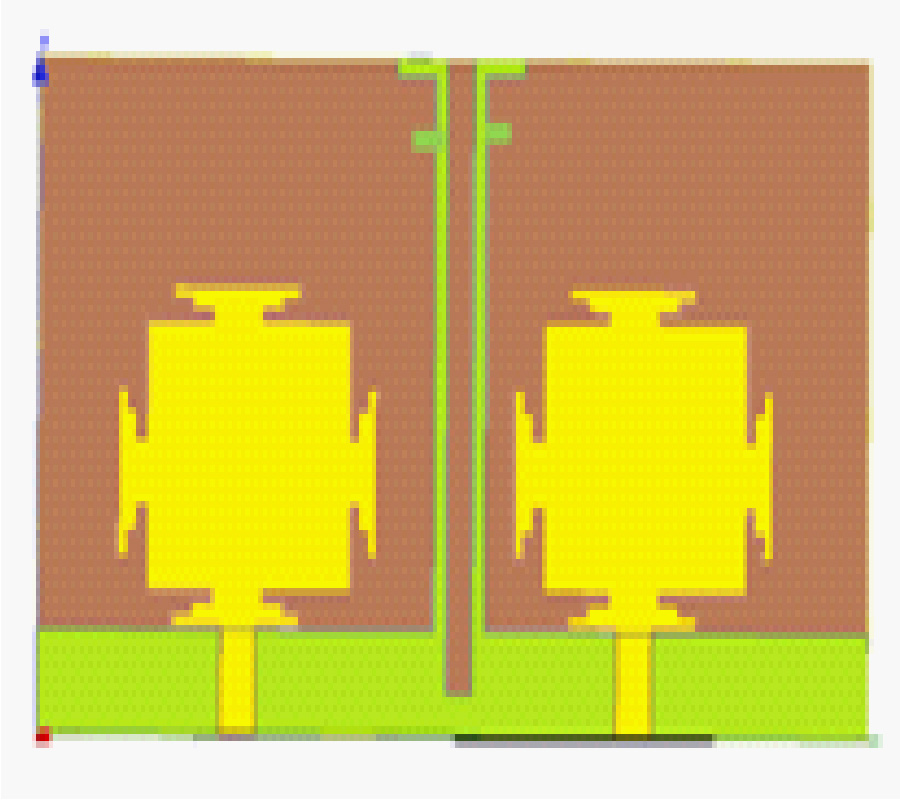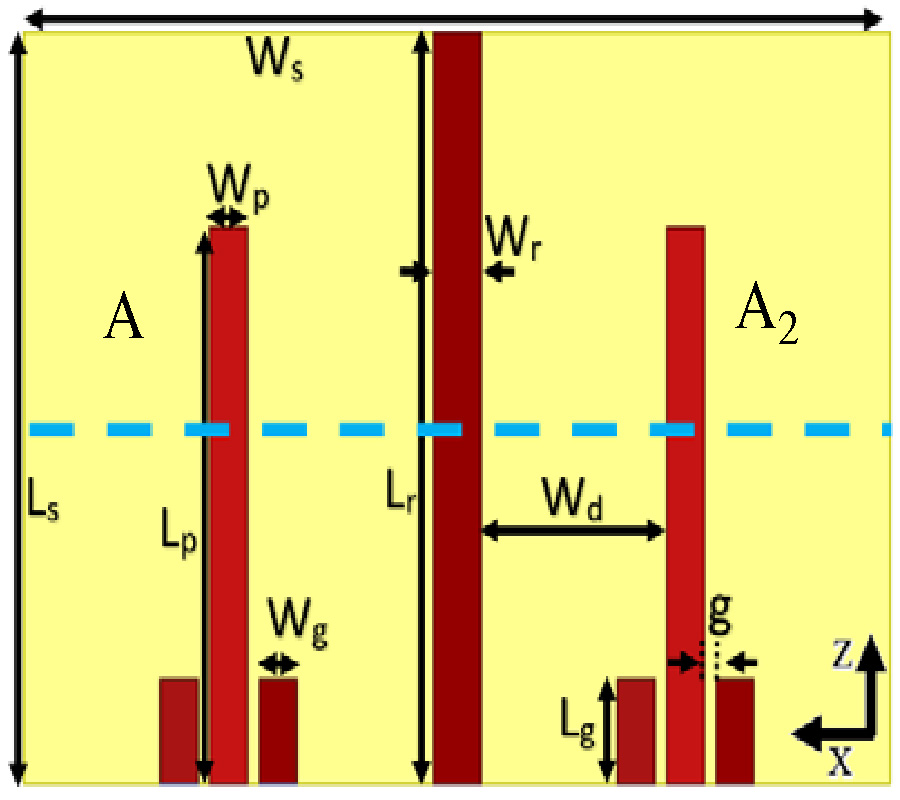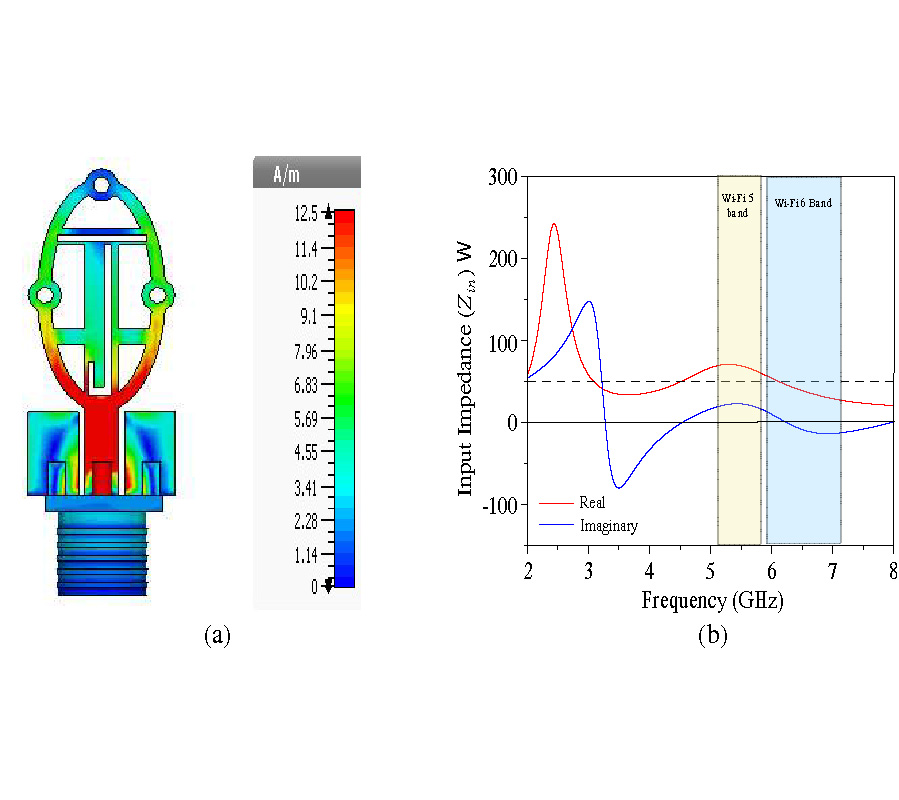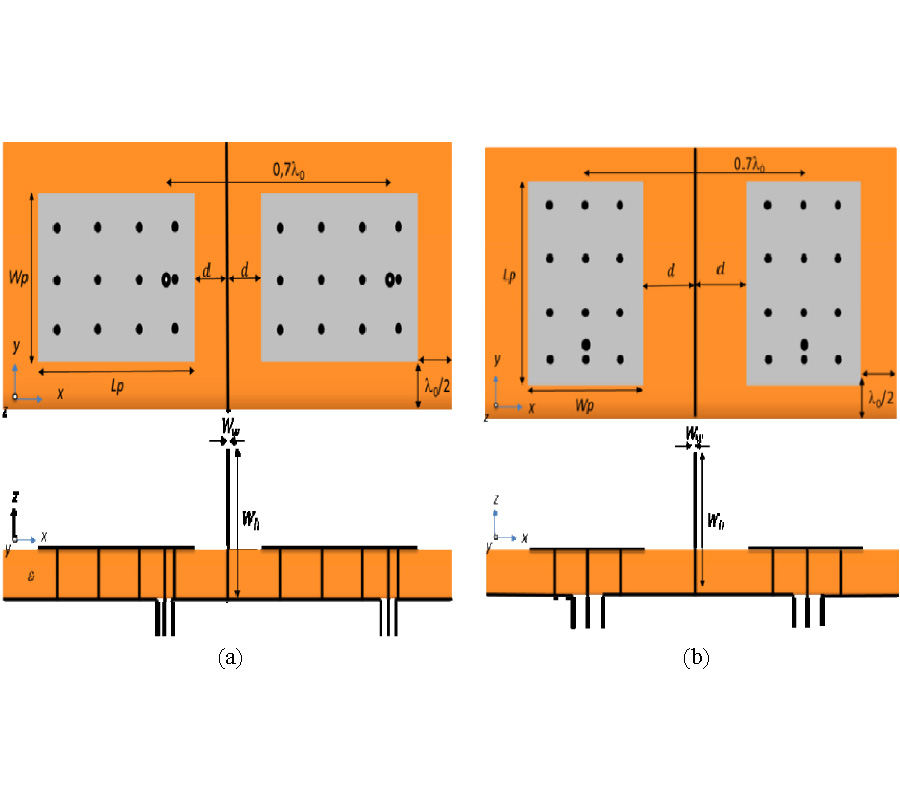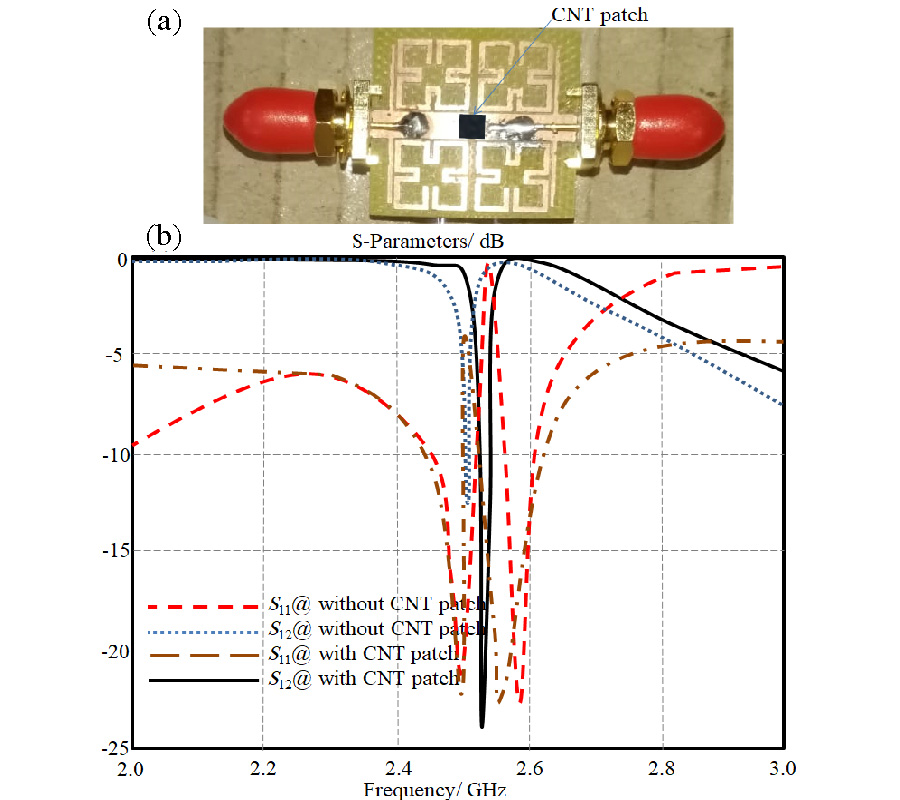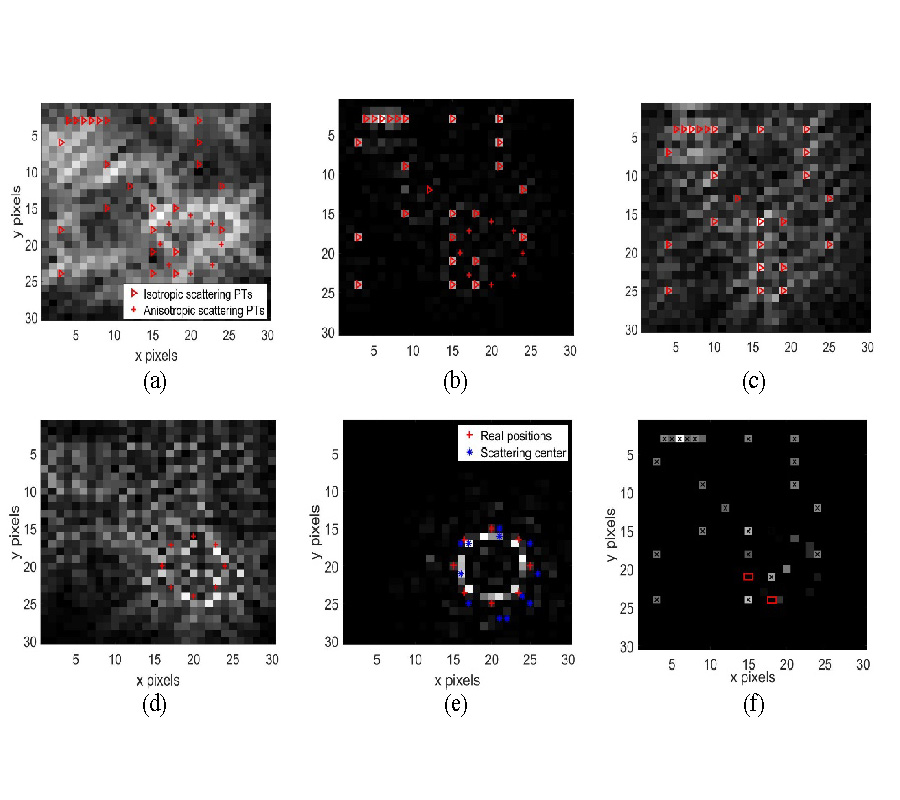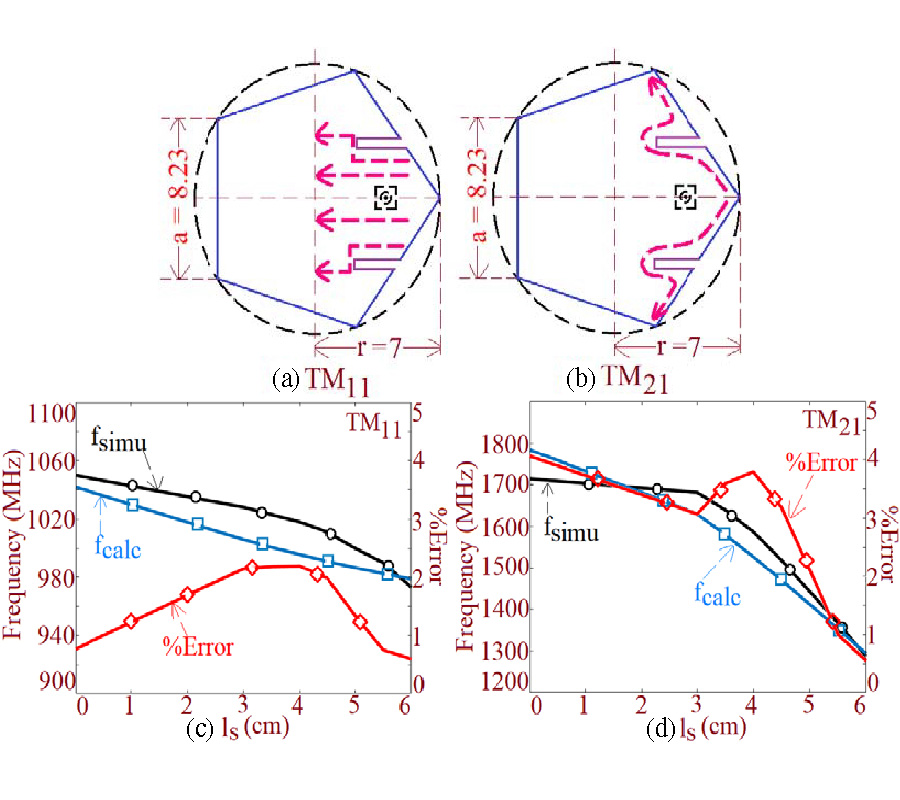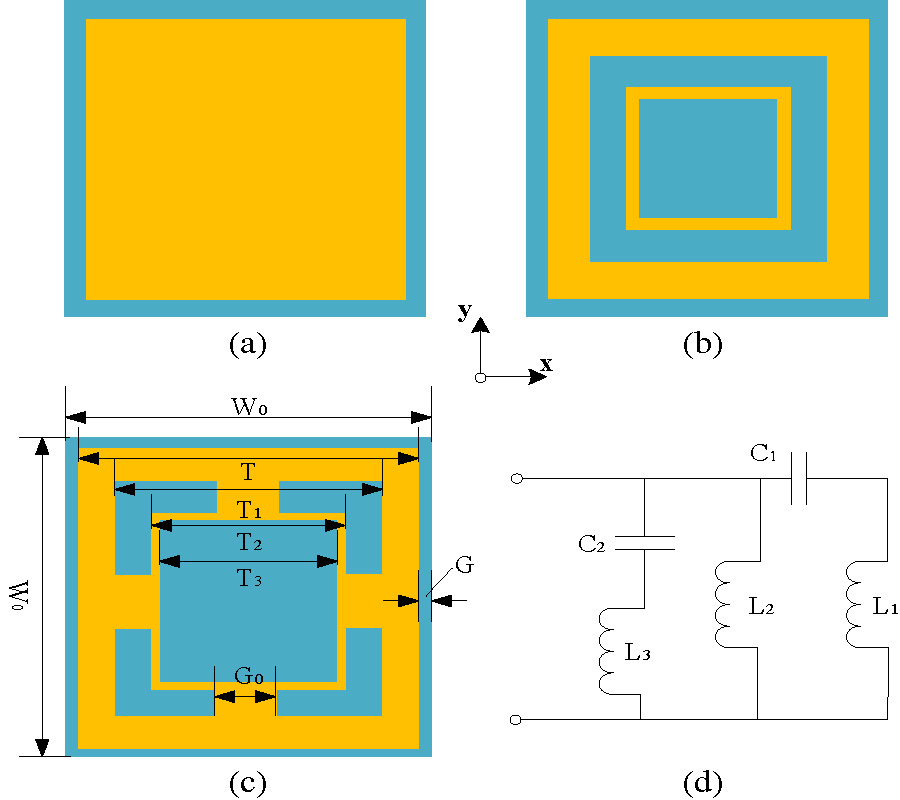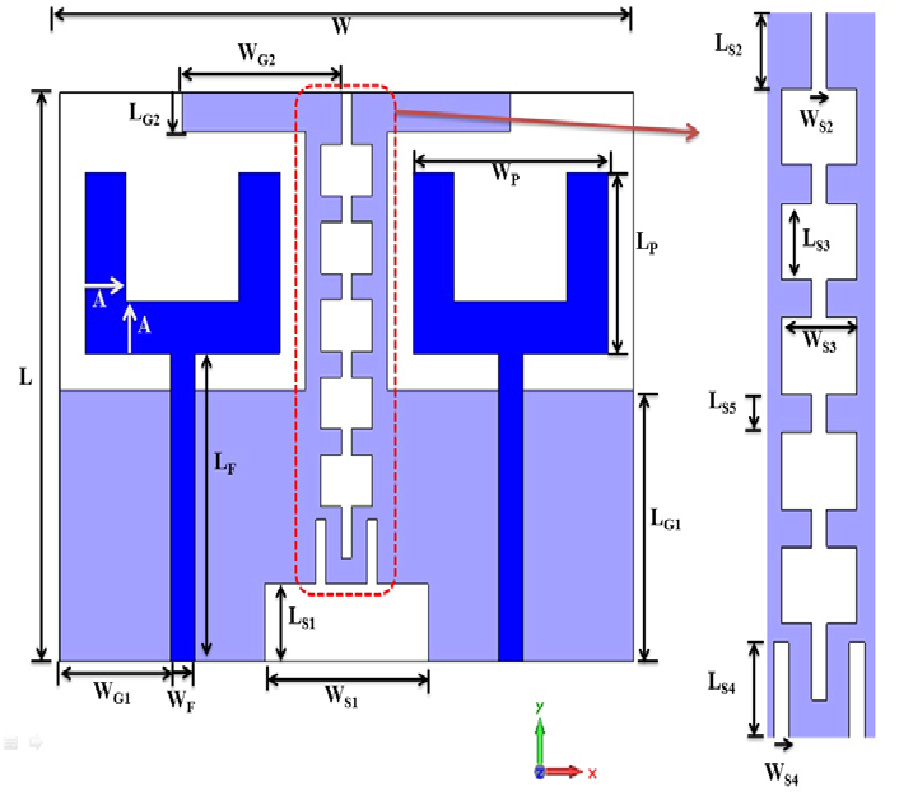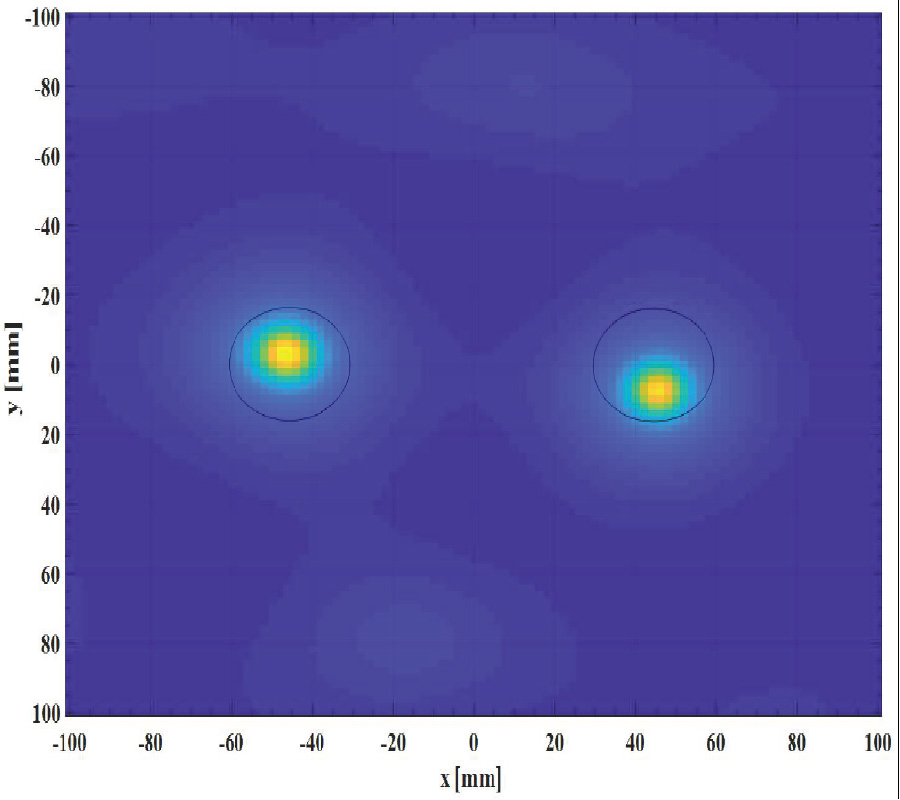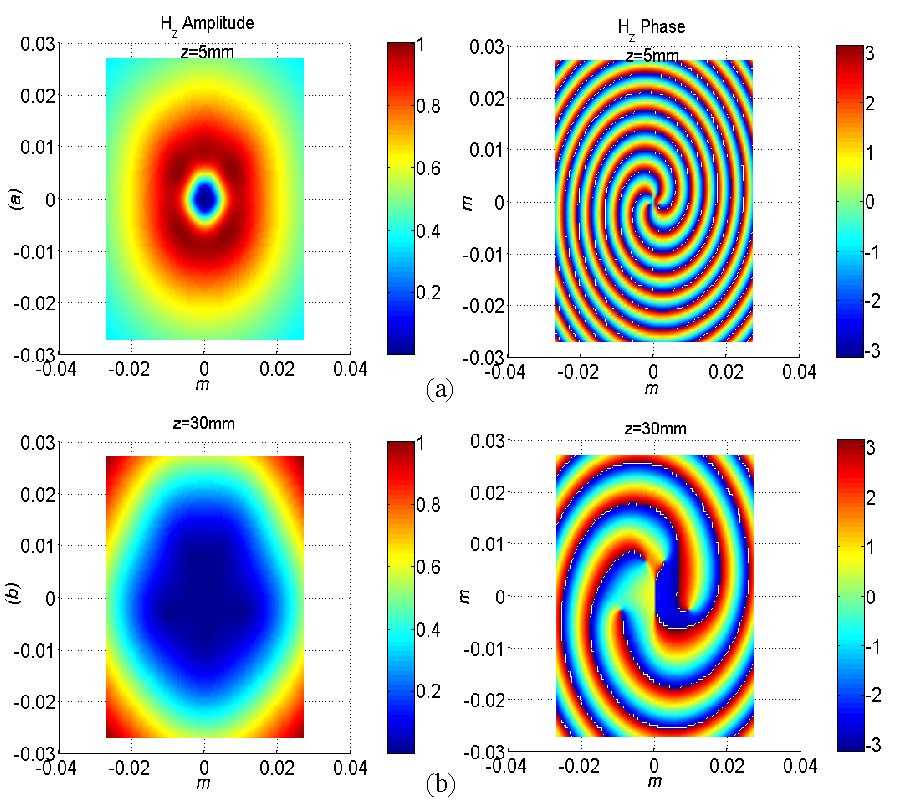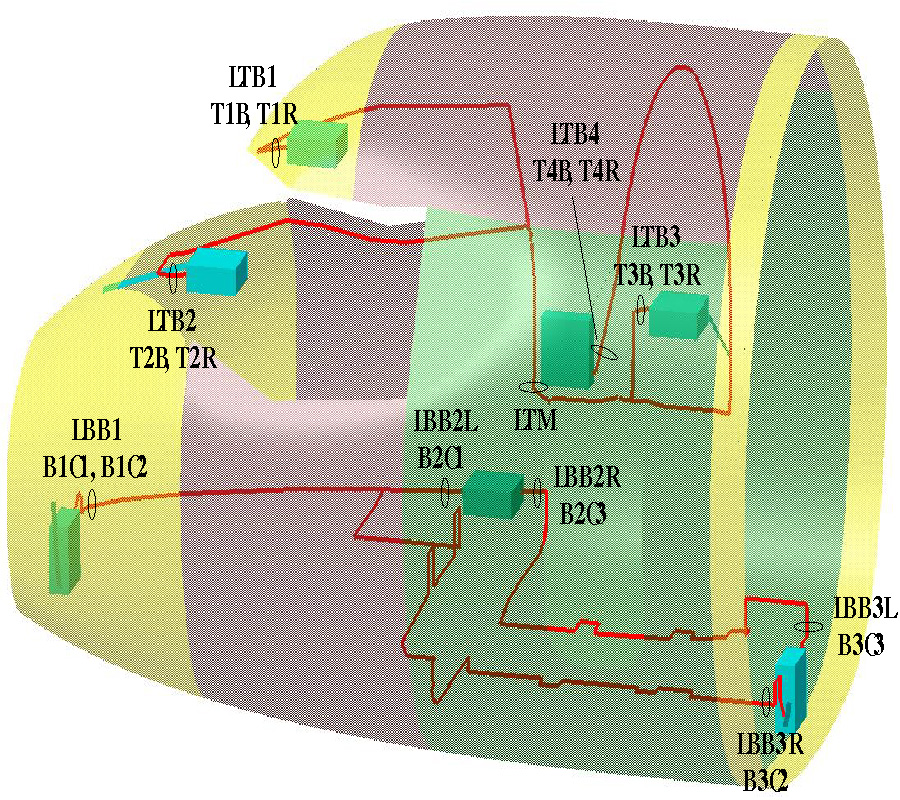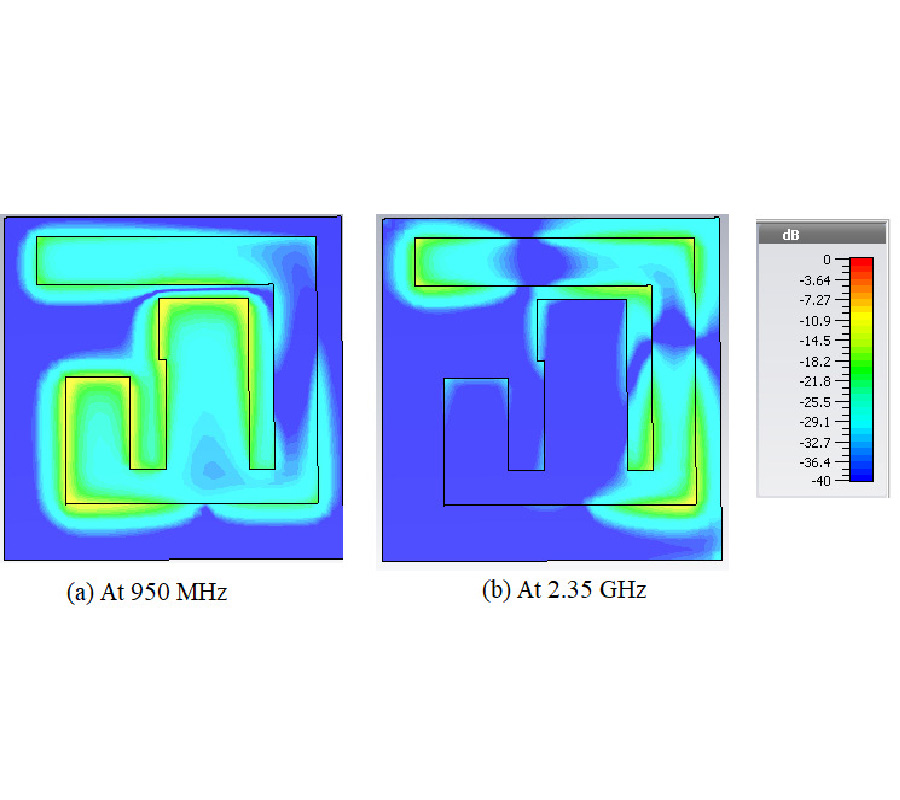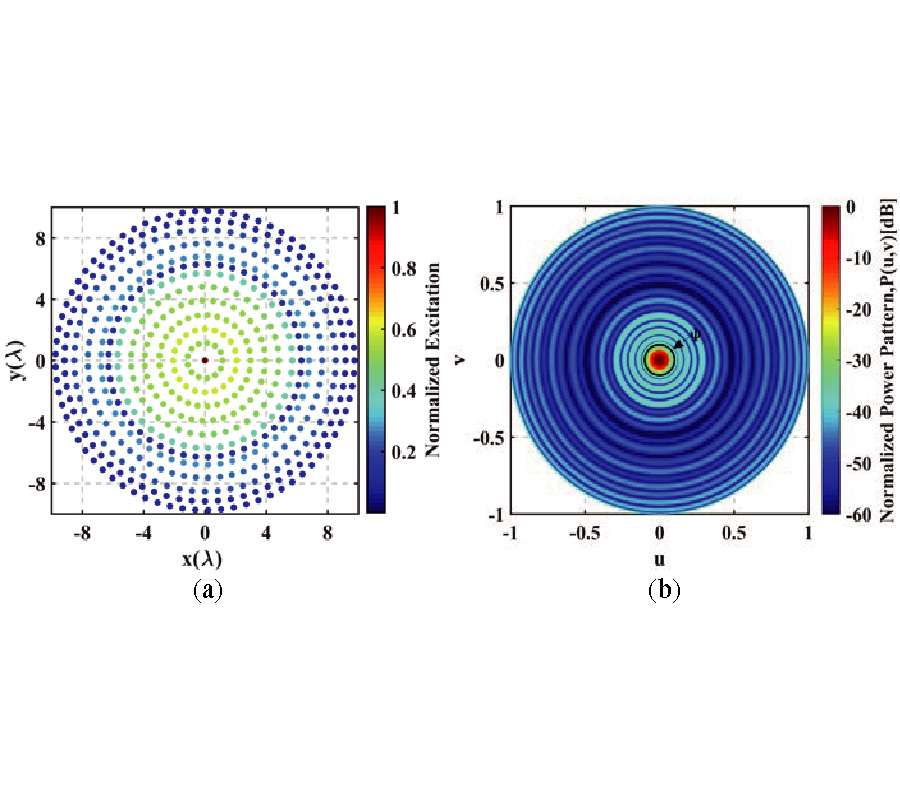A Star-Wheel Design of Single Crystal Sapphire Optical Fiber Promoting Single Mode Operation in the Infrared Regime
Farhan Mumtaz,
Yutang Dai,
Muhammad Aqueel Ashraf and
Wenbin Hu
In this study, a star-wheel design of single crystal sapphire optical fiber is proposed to achieve single mode operation in the infrared regime. In the azimuthal direction the structure retains a reduced core of higher refractive index. It is connected to the outer boundary viastar-wheel configuration of segments. The region of alternating symmetrical truncated cavities of lower refractive index is air. The enclosed alternating layers of sapphire and air cavities around the reduced core function as cladding. Fiber structure in the azimuthal directionis uniformly distributed in the radial direction. Finite element method is employed to analyze the modal characteristics of fundamental and higher order modes. Under strongly guided approximation, the structure can effectively eliminate the large modal interference. The proposed waveguides, at operating wavelength of ~1.55 µm, with the diameter of ~50 µm, 75 µm, 100 µm, and 125 µm diameter, exhibit confinement loss of ~0.0314 dB/m, 0.0072 dB/m, 0.0023 dB/m, and 0.0009 dB/m, respectively. It is anticipated that such fiber can be a potential candidate in addressing a wide range of optical sensors and communication systems, which unable to sustain in extremely harsh environments. COMSOL multi-physics ® is used to perform numerical investigations.
